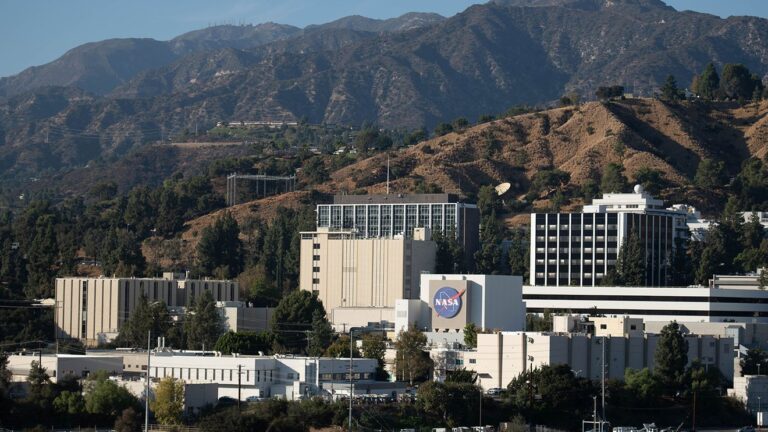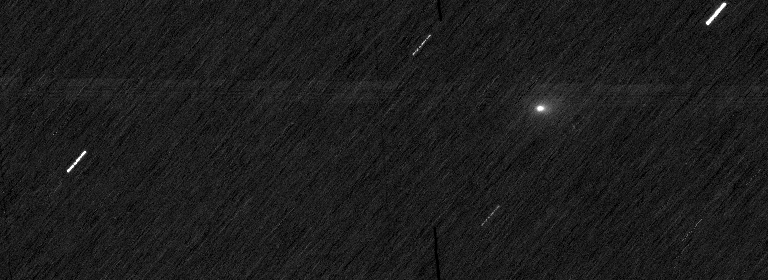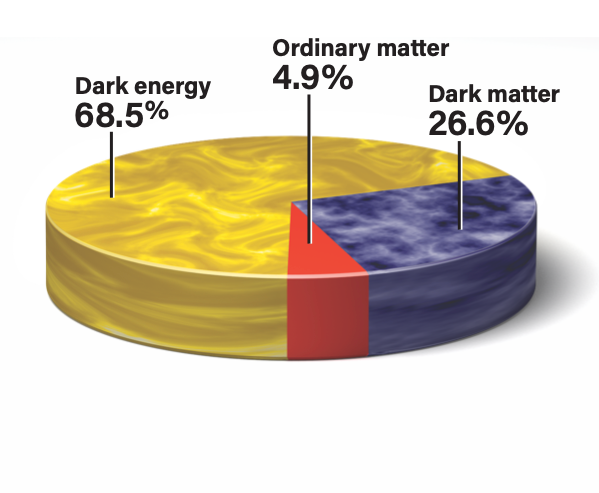Key Takeaways:
On February 4, astronomers using the NASA-funded Catalina Sky Survey (CSS) detected two asteroids with orbits that take them between Earth and the Moon this week. Fortunately, neither object’s trajectory presents a threat to Earth.
In fact, the week’s first visiting asteroid — dubbed asteroid 2018 CC — has already completed its closest approach to Earth. The small rocky body zoomed by our planet on Tuesday, February 6, at 3:10 p.m. EST, just 35 minutes before SpaceX launched their Falcon Heavy rocket. Asteroid 2018 CC, which is estimated to be between 50 and 100 feet (15 and 30 meters) wide, came within about 114,000 miles (184,000 kilometers) of Earth.
On the other hand, the potentially more interesting asteroid — named asteroid 2018 CB — will pass by Earth on Friday, February 9, at around 5:30 p.m. EST. With an estimated size of between 50 and 130 feet (15 and 40 meters), this asteroid is not just larger than 2018 CC, but it also passes much closer to our planet. Asteroid 2018 CB will skirt by Earth at a distance of 39,000 miles (64,000 km), bringing it five times closer to us than the Moon.
“Although 2018 CB is quite small, it might well be larger than the asteroid that entered the atmosphere over Chelyabinsk, Russia, almost exactly five years ago, in 2013,” said Paul Chodas, manager of the Center for Near-Earth Object Studies at NASA’s Jet Propulsion Laboratory, in a press release. “Asteroids of this size do not often approach this close to our planet — maybe only once or twice a year.”
On February 15, 2013, a roughly 65-foot (20-meter) near-Earth asteroid exploded as it entered the atmosphere over the southern Ural region in Russia. Though it didn’t reach the ground, the shockwave from the Chelyabinsk meteor caused damage to over 7,200 building and injured nearly 1,500 people (primarily from shattered glass). //istdochmiregal via GIPHY
For more information and news related to comets and asteroids, follow AsteroidWatch on Twitter.









